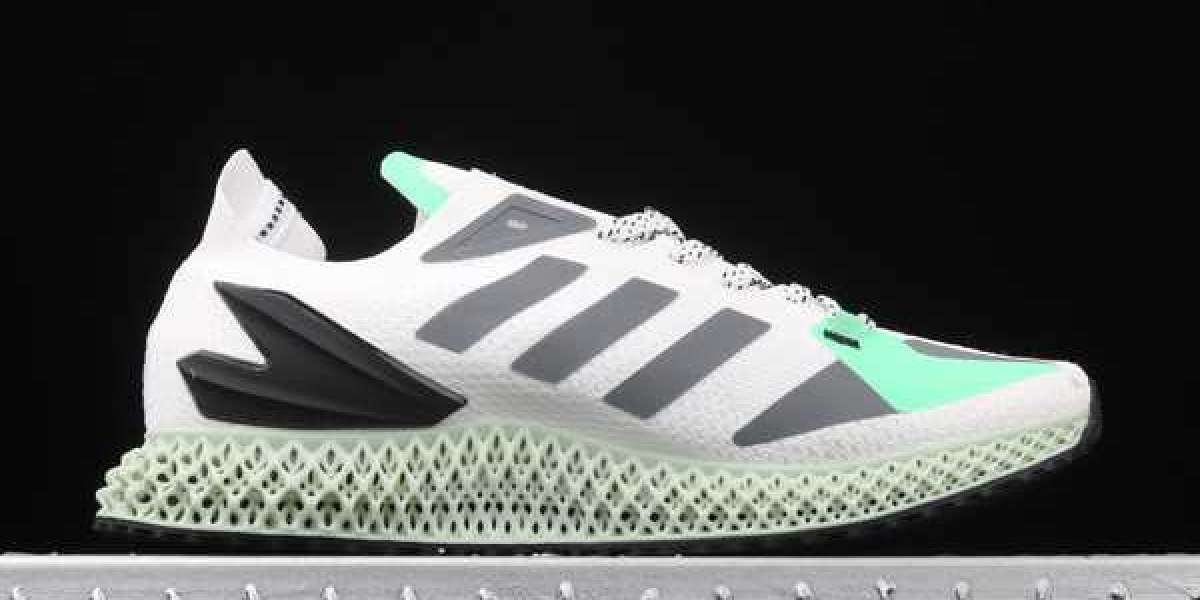The wearable medical devices industry is undergoing rapid transformation, driven by advancements in technology and growing consumer interest. However, this burgeoning sector faces several challenges that need to be addressed to ensure continued growth and success. Here’s an overview of the key challenges and strategies for navigating them.
According to Stratview Research, the wearable medical devices market was estimated at USD 26.6 billion in 2022 and is likely to grow at a CAGR of 23.7% during 2023-2028 to reach USD 95.4 billion in 2028.
- Data Security and Privacy Concerns
One of the primary challenges in the wearable medical devices industry is ensuring the security and privacy of sensitive health data. As wearables collect vast amounts of personal health information, there is a heightened risk of data breaches and misuse. Addressing these concerns requires robust cybersecurity measures, including encryption, secure data storage, and stringent access controls. Companies must also comply with data protection regulations, such as GDPR in Europe and HIPAA in the United States, to build trust with users and safeguard their information.
- Accuracy and Reliability of Data
The effectiveness of wearable medical devices hinges on their ability to provide accurate and reliable health data. Variations in data accuracy can lead to incorrect health assessments and potentially jeopardize patient safety. To tackle this issue, manufacturers must invest in high-quality sensors and conduct rigorous testing and validation of their devices. Continuous improvements in technology and regular updates to software can also enhance the accuracy and reliability of wearable devices.
- Integration with Healthcare Systems
Seamless integration of wearable device data with electronic health records (EHRs) and other healthcare systems is crucial for maximizing their utility. However, interoperability remains a significant challenge. Different devices and platforms often use varying data formats and communication protocols, which can hinder data exchange and integration. To overcome this challenge, industry stakeholders should focus on developing standardized data formats and protocols, and fostering collaboration between device manufacturers, healthcare providers, and technology developers.
- Regulatory Compliance
The regulatory landscape for wearable medical devices is complex and varies by region. Navigating regulatory requirements can be challenging, especially for companies looking to enter multiple markets. Ensuring compliance with regulations such as the FDA’s guidelines in the U.S. or CE marking in Europe requires a thorough understanding of the applicable standards and processes. Companies should stay informed about regulatory changes and engage with regulatory experts to ensure their products meet all necessary requirements.
- Consumer Adoption and Education
While there is growing interest in wearable medical devices, some consumers may be hesitant to adopt new technologies due to concerns about usability, cost, or perceived value. Educating consumers about the benefits and proper use of wearable devices is essential for driving adoption. Companies should invest in user-friendly designs, provide clear instructions, and offer customer support to address any concerns. Demonstrating the value of wearables in improving health outcomes can also encourage adoption.
- Cost and Affordability
The cost of wearable medical devices can be a barrier to widespread adoption, particularly for consumers in lower-income brackets or regions. To address this, companies can explore cost-effective manufacturing techniques and offer a range of product options to cater to different price points. Additionally, partnerships with healthcare providers and insurance companies may help make wearables more affordable and accessible to a broader audience.
In conclusion, while the wearable medical devices industry is poised for significant growth, navigating challenges such as data security, accuracy, integration, regulatory compliance, consumer adoption, and cost is essential for success. By addressing these challenges proactively and innovating solutions, companies can enhance the value and impact of wearable medical devices in personal healthcare.








